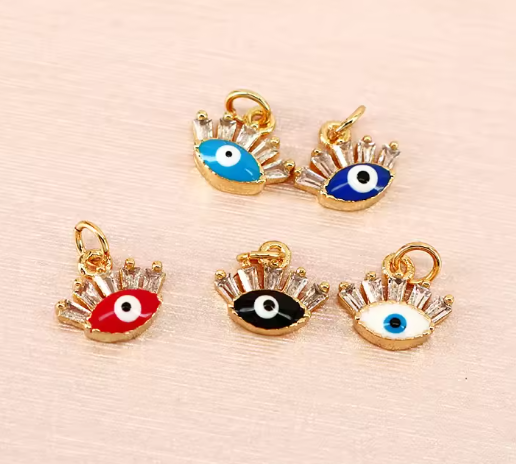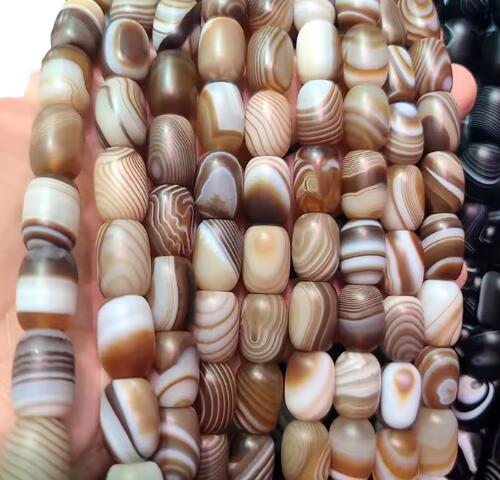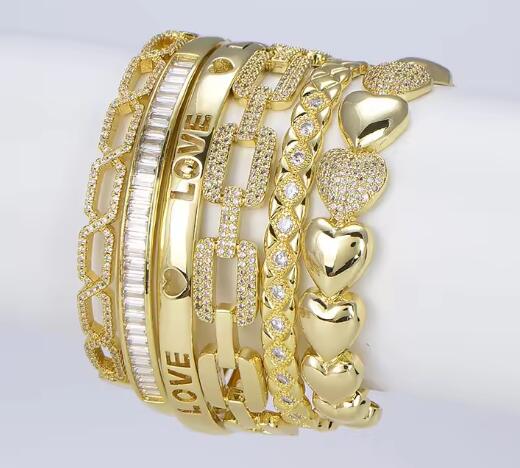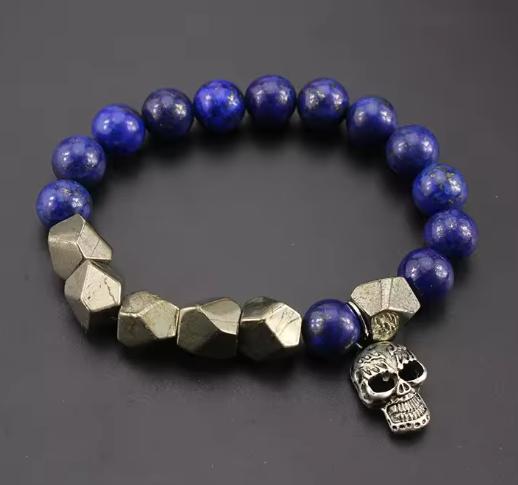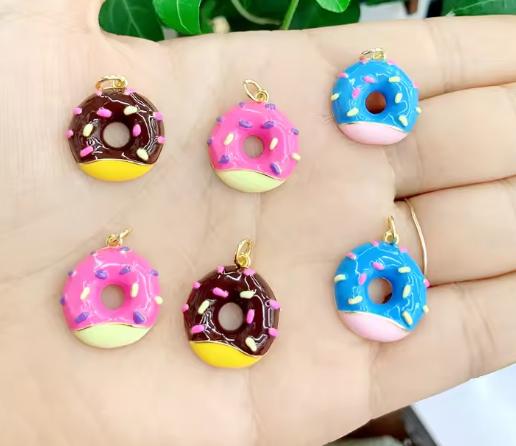The Truth About Enamel Coloring: Heavy Metals and Modern Safety
The brilliant hues that give enamel jewelry its distinctive appeal originate from carefully formulated colorants, raising valid questions about material safety. Contemporary enamel manufacturing has undergone a significant transformation, moving from historical formulations to modern, regulated compositions that prioritize wearer safety.
Historical Context and Evolution
Traditional enamel artistry relied on metal oxides for pigmentation, some of which presented health concerns:
1)Legacy Formulations: Antique pieces sometimes contained lead-based fluxes and cadmium pigments that enhanced workability and color intensity
2)Cobalt Applications: Deep blue tones traditionally required cobalt compounds, which remain in controlled use today
3)Manufacturing Progress: Technological advances have enabled development of equally effective non-toxic alternatives
Contemporary Safety Standards
Modern enamel production operates within strict international frameworks:
1)Regulatory Compliance: REACH (Europe) and CPSIA (USA) regulations mandate strict limits on hazardous substances
2)Material Innovation: Lead-free fluxes and cadmium-free colorants now achieve historical visual effects safely
3)Encapsulation Security: Properly fired enamel creates a stable glass matrix that securely binds color compounds
Common Modern Colorants
Today's enamel formulations utilize safer alternatives:
1)Titanium Dioxide: Creates opaque white backgrounds and pastel shades
2)Iron Oxides: Produce warm red, brown and terra cotta tones
3)Copper Compounds: Generate vibrant turquoise and green shades
4)Manganese: Provides purple and deep black coloring
5)Chromium: Yields rich green hues in stabilized forms
Consumer Guidance for Safe Selection
Identify responsibly manufactured enamel jewelry through these indicators:
1)Manufacturer Transparency: Reputable companies provide material documentation and compliance statements
2)Quality Craftsmanship: Well-fired enamel exhibits smooth, bubble-free surfaces without cracking or chipping
3)Modern Production: Contemporary pieces typically adhere to stricter standards than unverified vintage items
4)Independent Certification: Look for third-party testing verification when available
Understanding Risk Levels
Proper context helps evaluate actual safety concerns:
1)Structural Integrity: Intact, high-quality enamel effectively contains colorants within its glass matrix
2)Wear Scenarios: Damaged or poorly manufactured pieces present higher potential for exposure
3)Sensitivity Considerations: Individuals with specific metal allergies should exercise additional caution
The narrative surrounding enamel jewelry and heavy metals requires nuanced understanding. While historical practices sometimes involved problematic substances, contemporary manufacturing has successfully transitioned to safer alternatives without sacrificing visual appeal. Through proper manufacturing techniques and strict adherence to international safety standards, quality enamel jewelry now offers both artistic beauty and wearing confidence. As with any accessory, informed selection from reputable sources remains the most reliable path to ensuring both aesthetic satisfaction and personal safety.
